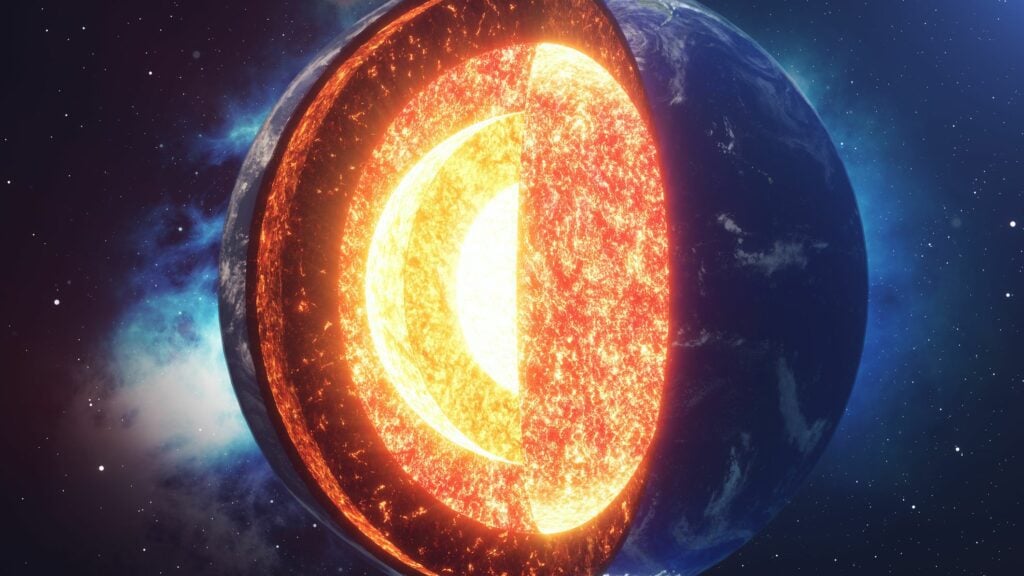Despite being the fifth largest planet in our solar system, Earth is the only one with liquid water on its surface. The water present on Earth is the very reason for our survival. But have you ever wondered how thin the Earth’s crust is?
The Earth’s crust is so thin that it only makes up 1% of the planet’s total volume. The crust of the Earth contains all known life in the universe and can be compared to the peel of an apple.
The Solar System
Our solar system is made up of our star, the Sun, and everything that is gravitationally tied to it, including the planets Mercury, Venus, Earth, Mars, Jupiter, Saturn, Uranus, and Neptune, as well as dwarf planets like Pluto, dozens of moons, and millions of asteroids, comets, and meteoroids. Thousands more planets orbiting other stars in the Milky Way have been identified beyond our solar system. (Source: NASA)
Where is Pluto now?
Pluto is a minor planet located in the Kuiper Belt, a donut-shaped region of the frozen worlds beyond Neptune’s orbit. In our solar system’s extreme reaches (TNOs), there could be millions of these icy objects, also known as Kuiper Belt objects (KBOs) or trans-Neptunian objects, in our solar system’s extreme reaches (TNOs).
While being smaller than the Moon, Pluto has a heart-shaped glacier the size of Texas and Oklahoma. This unique world has blue skies, spinning moons, mountains as high as the Rockies, and snow but crimson snow.
NASA’s New Horizons probe flew through the Pluto system for the first time on July 14, 2015, producing the first close-up photographs of Pluto and its moons and other data that has revolutionized our knowledge of these fascinating worlds on the solar system’s outskirts.
Almost every theory about Pluto being an inert ball of ice has been tossed out the window or turned on its head in the years after that historic visit. (Source: NASA)
The Earth’s Day-Night Cycle
Every 24 hours, the Earth rotates once on its axis. The revolution seems counterclockwise to an observer cooling down on the North Pole. The Sun appears to move across the sky every day from east to west from nearly every point on Earth. The Sun does not transfer from east to west; the Earth rotates. The Moon and stars appear to rise and set in the east and west, respectively.
Because of the Earth’s rotation, daylight and darkness cycles occur approximately every 24 hours or one day. Sunset and sunrise occur at different times in different areas, and the quantity of time spent in daylight and darkness also varies.
When something blocks a light source, it casts a shadow, causing darkness to take on the object’s shape. The Sun, Moon, Mercury, and Venus all cast shadows on the Earth. (Source: Lumen Learning)
The Different Eclipses
A solar eclipse occurs when the new moon passes squarely between the Earth and the Sun. This throws a shadow on the Earth and obscures the Sun’s perspective.
On the other hand, a lunar eclipse occurs when the full Moon passes into Earth’s shadow, which appears only when the Earth is between the Moon and the Sun and all three are aligned in the same plane, known as the ecliptic. The umbra and penumbra are two separate portions of Earth’s shadow during an eclipse. The umbra is the shadow’s inner, cone-shaped portion, where all light has been obscured. The penumbra is the region of Earth’s shadow that only blocks part of the light. The light is muted but not completely gone in the penumbra. (Source: Lumen Learning)
